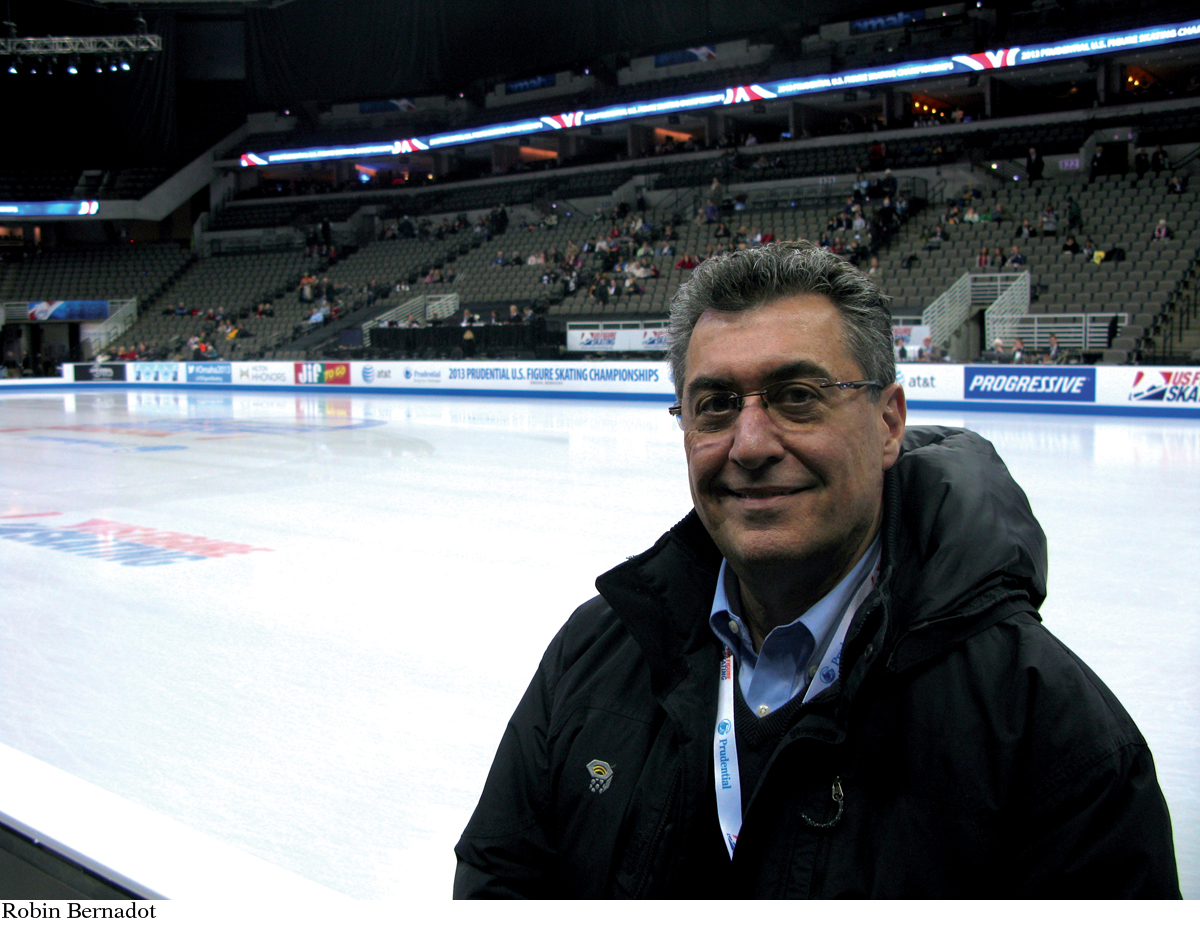U.S. GYMNASTICS TEAM IN TRAINING
Historically, athletes and their coaches have thought about energy needs very differently. When Benardot was first asked to advise the U.S. gymnastics team in 1992, for instance, he observed one of their practices to see if he could identify any problems. He saw that the gymnasts trained every afternoon for five hours straight, but they were never allowed to eat or drink anything during that period. About halfway through the practice, the athletes started getting grumpy and didn’t perform as well, which Benardot attributed to the fact that their blood sugar levels had dropped very low. That evening there was a team meeting, and Benardot told the coaches, “If you really want to get the most out of these practices, you need to feed these gymnasts every two or three hours.” As Benardot recalls, the coaches looked at him as if he had just been dropped in from Mars. “They said, ‘Are you kidding? This is gymnastics; we don’t have to eat during gymnastics.’” Benardot didn’t give up, however, and eventually, the team’s head technical coach, a three-

In his trial run, Benardot walked out onto the gymnastics floor exactly halfway through an afternoon practice with a tray of fruit and juice. The gymnasts looked at him curiously and apprehensively. “This is a breach of protocol,” one said. But Dominique Dawes, the team captain, called her team members over and told them to start eating. They did, nervously but happily. Exactly 15 minutes later, Grossfeld took gymnast Amanda Borden aside, who had been struggling to perfect her vault routine, and asked her to try it one more time. “I’m very certain,” Benardot recalls, “that Muriel was thinking that Amanda would start projectile vomiting—
The success convinced Grossman that snacking might be a good idea, and the team began taking regular food breaks during their practices. Four years later, at the 1996 Olympics in Atlanta, the team won the first gold medal ever awarded to a U.S. Women’s Gymnastics Team.